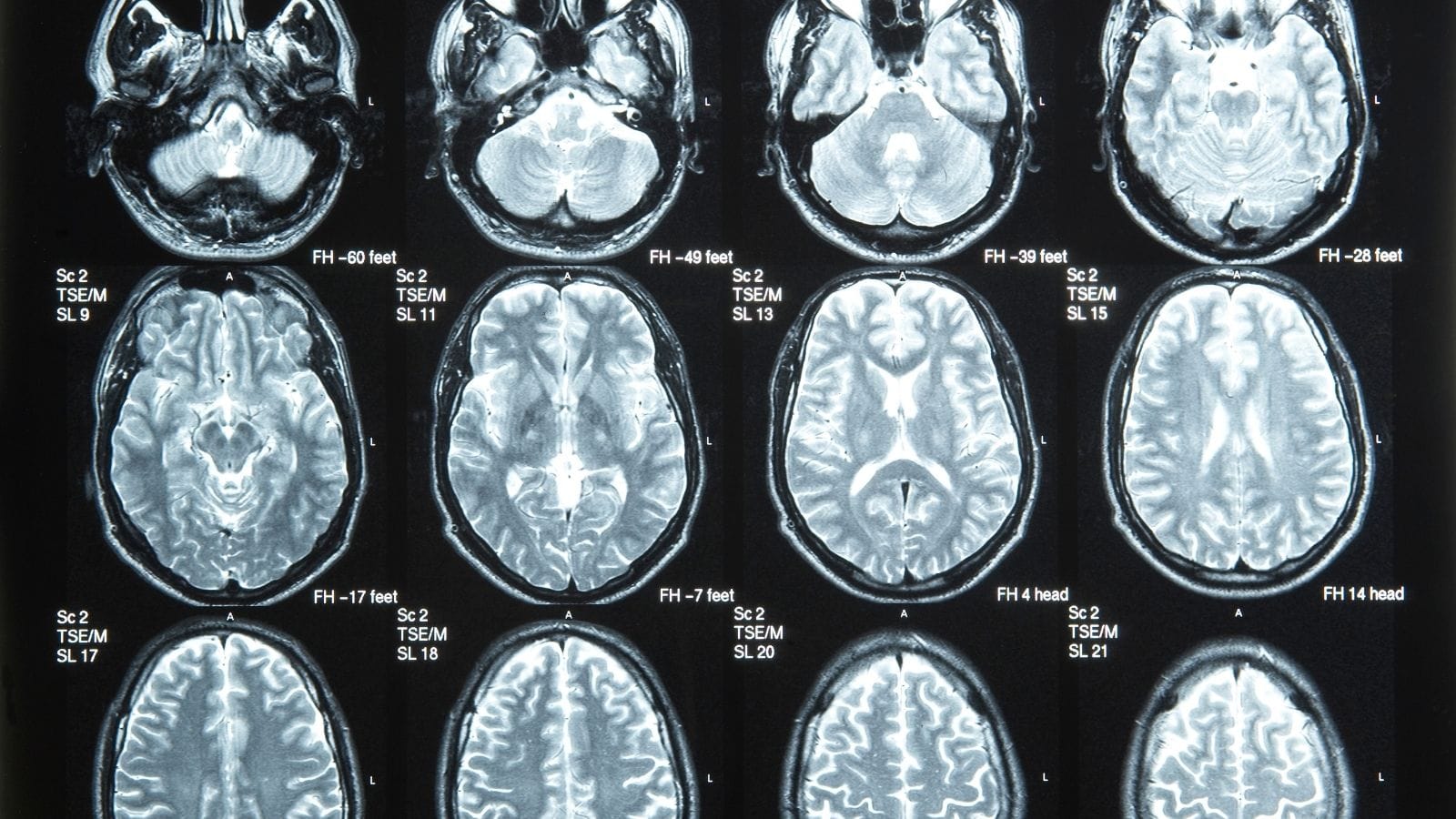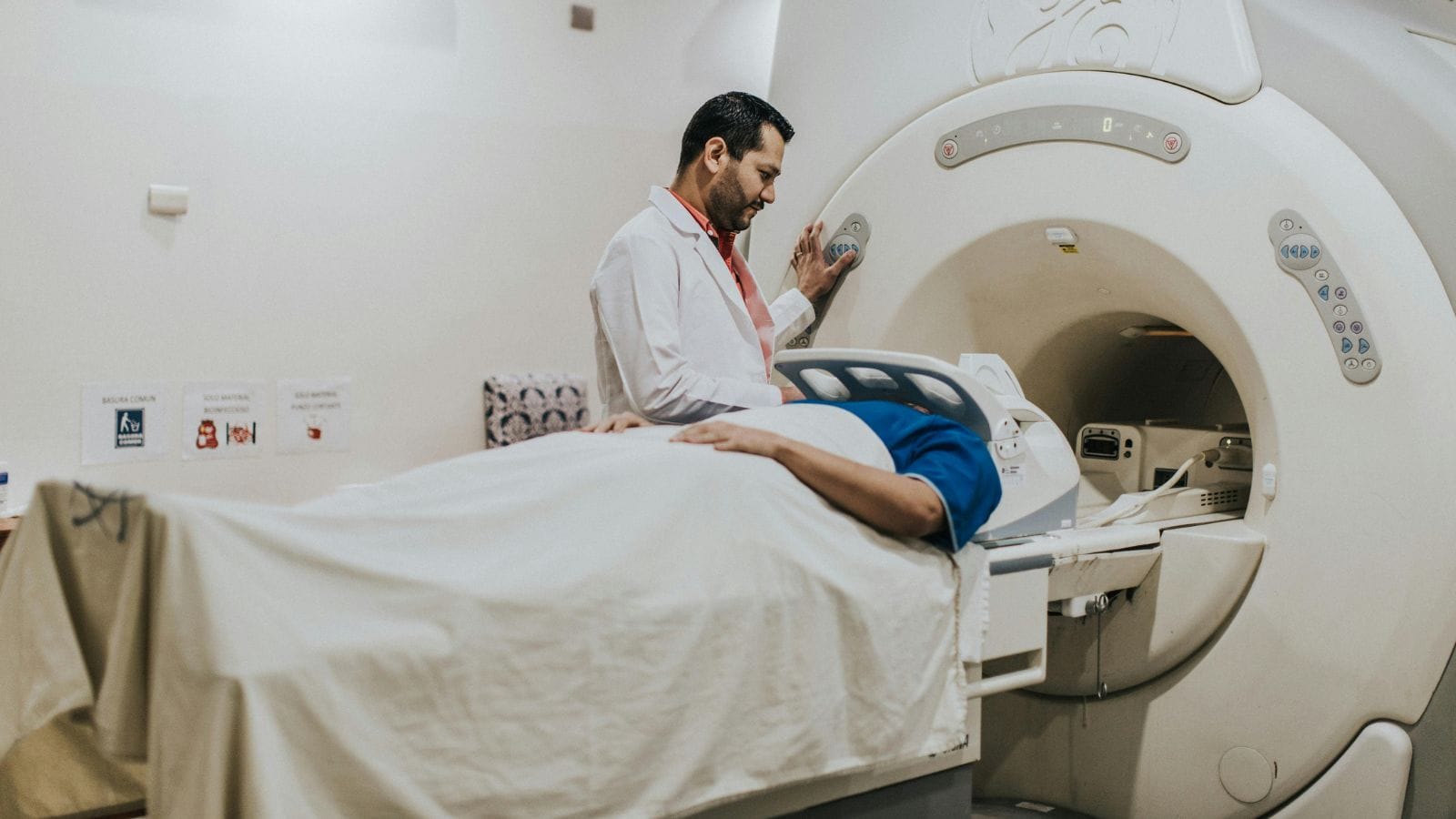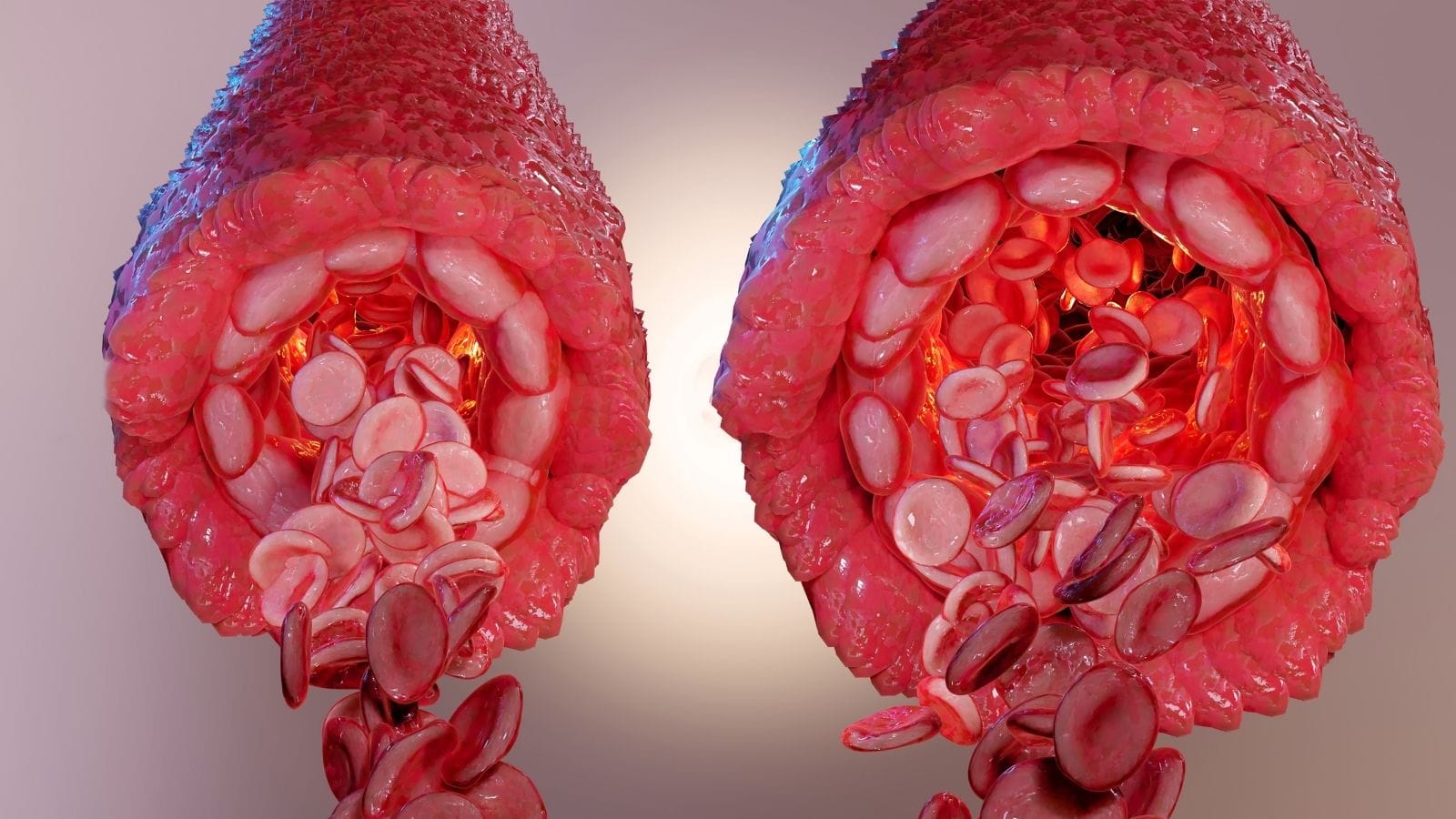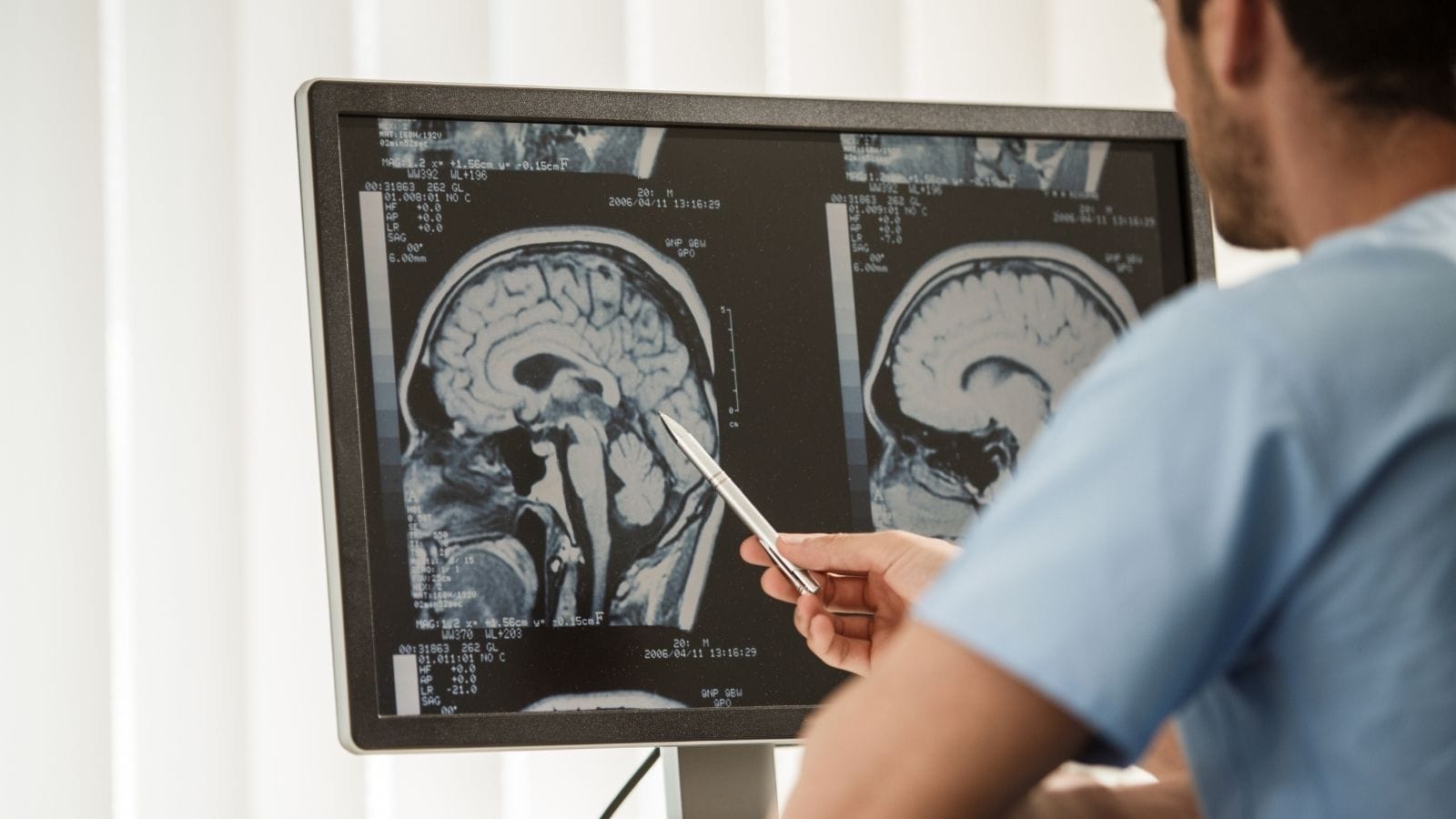Thyroglobulin is a protein produced by the thyroid gland, serving as a precursor for thyroid hormone synthesis. It plays a vital role in storing and releasing T3 and T4 hormones.
The thyroglobulin test is primarily used in follow-up of thyroid cancer patients. Elevated levels after thyroidectomy or radioiodine therapy may indicate residual or recurrent disease.
High thyroglobulin can also occur in benign conditions such as goiter, thyroiditis, or nodular disease. Its interpretation requires correlation with clinical and imaging findings.
Measurement is performed through a simple blood test. Regular monitoring helps physicians evaluate treatment success, detect recurrence early, and guide long-term management of thyroid disorders.
| Medical Name | Thyroglobulin (Tg) |
| Production Site | Thyroid gland |
| Function | Acts as a building block for the synthesis of thyroid hormones (T3 and T4) |
| Clinical Uses | Thyroid cancer follow-up, monitoring the presence of thyroid tissue, post-ablation evaluation |
| Normal Reference Range | Varies by method; generally <55 ng/mL (in individuals with intact thyroid gland) |
| Causes of Elevation | Thyroid cancer recurrence, thyroid inflammations (thyroiditis), Graves’ disease, toxic nodular goiter |
| Causes of Decrease | After total thyroidectomy, after radioactive iodine therapy |
| Pre-Test Preparation | Thyroglobulin antibodies (TgAb) should also be evaluated together; they may interfere |
| Follow-up Interval | Usually checked every 6–12 months after thyroid cancer |
| Important Warnings | Thyroglobulin alone is not diagnostic; it should be evaluated together with thyroid antibodies and imaging |
What Exactly Is Thyroglobulin?
Thyroglobulin is a very large protein produced by follicular cells within our thyroid gland. Since it also contains sugar molecules, it is called a glycoprotein. As almost only thyroid cells produce thyroglobulin in our body, it holds special importance for thyroid diseases. Its main function is to serve as a template, a scaffold, for the production of the thyroid hormones called T4 and T3.
Where Is Thyroglobulin Produced in the Body?
Thyroglobulin is produced by special cells called follicular cells that form tiny sacs (follicles) within the thyroid gland located in our neck. These cells are specialized in producing thyroglobulin. There is no significant production of thyroglobulin elsewhere in the body. This is especially important because, after the thyroid gland is removed, the presence of thyroglobulin in the blood may indicate remaining thyroid tissue or recurrence of the disease.
What Are the Main Functions of Thyroglobulin?
Thyroglobulin has two main functions. The first and most important is to form a fundamental structure, a platform, for the synthesis of thyroid hormones called T4 (thyroxine) and T3 (triiodothyronine). Hormones are made on this protein. The second important function is to ensure the storage of iodine in the thyroid gland. Thyroglobulin serves as the body’s main iodine reservoir and also stores inactive thyroid hormones.
Where Is Thyroglobulin Stored?
Thyroglobulin produced by thyroid cells is secreted outside the cell into sacs called follicles. The inside of these sacs is filled with a gel-like substance called “colloid.” The colloid consists largely of stored thyroglobulin. So, thyroglobulin is held in this colloid pool until it is needed. This helps the thyroid gland provide a continuous source for hormone production and remain prepared against fluctuations in iodine levels.
What Are the Structural Features of Thyroglobulin?
Thyroglobulin is one of the largest proteins in our body. It is formed by the union of two identical subunits and has a very high total weight (about 660 kDa). Each subunit consists of thousands of amino acids. It also contains abundant sugar chains in its structure, so it is classified as a glycoprotein. This large and complex structure is necessary for its functions in hormone synthesis and iodine storage.
Why Are the Bonds in the Structure of Thyroglobulin Important?
The thyroglobulin protein contains a large number of amino acids called cysteine. These cysteines form strong chemical bonds with each other within the protein chain. These bonds are called disulfide bridges. There are about 60 of these bridges per monomer, giving thyroglobulin stability and durability. Thus, the protein can be stored in the colloid at high concentrations without deterioration. However, forming so many bonds correctly makes the protein folding process complex.
What Is the Role of the Repeating Regions in Thyroglobulin’s Structure?
The thyroglobulin protein chain largely consists of structural domains formed by repeated sequences of certain amino acids. These repeating regions (such as Type-1, Type-2, Type-3 repeats) are important because they contain plenty of tyrosine amino acids where thyroid hormones are produced. There is also a special domain at the C-terminal called Cholinesterase-Like (ChEL) domain. This ChEL domain is critical for the dimerization of two thyroglobulin subunits and helps the protein fold correctly and be transported out of the cell.
How Is Iodine Required for Thyroid Hormones Added to Thyroglobulin?
Iodine is essential for the synthesis of thyroid hormones. The first step is the uptake of iodide (the ion form of iodine) from the blood by thyroid cells via a special transporter (NIS). The iodide entering the cell is then transported to the colloid space. Here, an enzyme called Thyroid Peroxidase (TPO) activates the iodide. Activated iodine, again with the help of TPO, is attached to specific tyrosine amino acids on the thyroglobulin protein in the colloid. This process is called iodination or organification. As a result, MIT (mono-iodotyrosine) and DIT (di-iodotyrosine) are formed on thyroglobulin.
How Are T4 and T3 Hormones Formed on Thyroglobulin?
After iodine is added to thyroglobulin, the next step is the coupling of these iodinated tyrosines. This process, called “coupling,” is also carried out by the TPO enzyme. If two DIT molecules combine, the T4 (thyroxine) hormone is formed. If one MIT and one DIT molecule combine, the T3 (triiodothyronine) hormone is produced. These newly formed T4 and T3 hormones are still bound to the thyroglobulin protein. Only a few hormone molecules are produced on each large thyroglobulin molecule.
How Are Formed Thyroid Hormones Released from Thyroglobulin?
For the T4 and T3 hormones synthesized and stored on thyroglobulin to enter the bloodstream, a few more steps are required. When the body needs hormone, TSH signals the thyroid cells. The cells take up droplets of colloid containing thyroglobulin (endocytosis). These vesicles fuse with digestive organelles called lysosomes inside the cell. The powerful enzymes in lysosomes break down the large thyroglobulin protein. As a result of this breakdown, T4 and T3 hormones are released. The free hormones then exit the cell and enter the bloodstream.
Which Hormone Controls Thyroglobulin Production?
The production of thyroglobulin and the release of thyroid hormones are regulated by Thyroid Stimulating Hormone (TSH) secreted from the pituitary gland in the brain. TSH acts like a gas pedal for the thyroid gland. By binding to special TSH receptors on the surface of thyroid cells, it stimulates the cell. This stimulation causes increased production of thyroglobulin, increased iodine uptake from the blood, and higher activity of enzymes involved in hormone synthesis (such as TPO).
How Does TSH Affect Thyroglobulin and the Thyroid?
TSH hormone stimulates the thyroid gland in many ways. It activates the thyroglobulin gene to synthesize more thyroglobulin protein. It accelerates iodine uptake from the blood. It increases the activity of enzymes that play a critical role in hormone synthesis, such as TPO and DUOX. It also promotes the endocytosis of stored thyroglobulin and its breakdown (proteolysis) to release T3 and T4 hormones into the blood. The long-term effect of TSH can also cause the thyroid gland to enlarge.
How Are Thyroglobulin and Thyroid Hormone Levels Kept in Balance?
There is a control mechanism in our body that keeps thyroid hormone levels within a sensitive balance. This is called the Hypothalamic-Pituitary-Thyroid (HPT) axis. The hypothalamus in the brain secretes TRH, which stimulates the pituitary to release TSH. TSH then stimulates the thyroid. When blood levels of T4 and T3 hormones rise, these hormones provide feedback to the brain and pituitary to reduce TRH and TSH secretion. When hormone levels drop, this inhibition is removed and TSH increases to stimulate the thyroid again. This negative feedback system ensures that hormone levels remain within a certain range.
Why Is There a Small Amount of Thyroglobulin in the Blood?
Although most thyroglobulin is found in the colloid within the thyroid gland, normally a very small amount leaks into the bloodstream together with T3 and T4 hormones. When TSH levels rise or the thyroid gland is stimulated (as in Graves’ disease) or the thyroid tissue is damaged (such as in thyroiditis, surgery, radioactive iodine therapy), the amount of thyroglobulin leaking into the blood increases. Therefore, the blood thyroglobulin level can indirectly provide information about the activity and integrity of the thyroid gland.
What Is the Most Common Use of the Thyroglobulin Test?
The most important and common use of the thyroglobulin test is the follow-up of patients who have had differentiated thyroid cancer (papillary and follicular cancer). Since these types of cancer originate from follicular cells that produce thyroglobulin, after the thyroid gland is completely removed (total thyroidectomy) and usually after radioactive iodine therapy (RAI ablation), the thyroglobulin level becomes a very valuable tumor marker. Ideally, after successful treatment, thyroglobulin should not be detectable in the blood or should be at very low levels.
Why Is Thyroglobulin Monitoring Important After Thyroid Cancer Surgery?
In patients whose thyroid gland has been completely removed due to thyroid cancer and who have received RAI therapy, regular measurement of thyroglobulin is critically important for monitoring the disease. If thyroglobulin levels are undetectable or decrease over time after treatment, this generally indicates that the treatment was successful and the disease is under control. However, if thyroglobulin levels are detectable or increase over time, this may indicate remaining thyroid tissue (normal or cancerous) or recurrence of the disease. Therefore, follow-up is very important.
Does Thyroglobulin Level Give Information About the Course of Cancer?
Yes, thyroglobulin levels can provide important information about the course and risk status of thyroid cancer. The level of thyroglobulin measured after surgery helps determine the risk of recurrence. In addition, the rate of change in thyroglobulin levels over time, called the “thyroglobulin doubling time” (Tg-DT), is an indicator of how aggressive the disease may be. Short doubling times usually indicate a more concerning situation. This information is used to guide treatment decisions.
Are There Other Uses for the Thyroglobulin Test?
Although the thyroglobulin test is primarily used for thyroid cancer follow-up, it can also be helpful in other situations. For example, it can help differentiate the cause of hyperthyroidism (overactive thyroid). In cases like Graves’ disease or thyroiditis, Tg levels are usually high, while in people with thyrotoxicosis factitia (who take excessive thyroid hormone externally), Tg levels are very low. It can also be used to determine whether congenital hypothyroidism in babies is due to the absence of the thyroid gland or a production defect, and to help diagnose some thyroid inflammations (thyroiditis).
Is the Thyroglobulin Test Suitable for Cancer Screening?
No, the thyroglobulin test is not suitable for thyroid cancer screening or the initial evaluation of a thyroid nodule. This is because many benign thyroid conditions (such as goiter, nodules, thyroiditis) can also raise thyroglobulin levels. This makes thyroglobulin levels unreliable for cancer diagnosis in people with a healthy thyroid gland. The main method for evaluating suspicious thyroid nodules is fine needle aspiration biopsy. The thyroglobulin test is more meaningful for post-treatment follow-up.
How Is Thyroglobulin Measured in the Blood?
The thyroglobulin level in the blood is usually measured from the serum, the liquid part of blood after clotting. Two main methods are used in laboratories. The most common are immunoassay (IMA, ECLIA, etc.) methods. These use special antibodies that bind to thyroglobulin for measurement. Another method is Liquid Chromatography-Tandem Mass Spectrometry (LC-MS/MS). This newer method measures specific thyroglobulin fragments by breaking down proteins and can help overcome some testing issues.
What Are the Differences Between Thyroglobulin Test Methods?
Immunoassay (IMA) methods are common, fast, and generally very sensitive. However, they can be affected by some substances, such as thyroglobulin antibodies (TgAb), which will be discussed soon. The LC-MS/MS method is not affected by these antibodies because both thyroglobulin and antibodies are broken down before measurement. Thanks to this feature, LC-MS/MS can provide more reliable results in the presence of TgAb. However, LC-MS/MS is generally not as sensitive as IMA, meaning it may not measure very low thyroglobulin levels and is not available in every laboratory.
Why Is the Sensitivity of the Thyroglobulin Test Important?
Especially in thyroid cancer follow-up, it is very important that the test can accurately measure even very low thyroglobulin levels, i.e., its sensitivity. The “functional sensitivity” or “detection limit” value indicates the lowest amount a test can reliably measure. New-generation “high-sensitivity” (hsTg) tests can detect even very low thyroglobulin levels (for example, below 0.1-0.2 ng/mL). This allows the disease to be detected at a very early stage or the response to treatment to be better evaluated.
What Can Affect Thyroglobulin Test Results?
There are some factors that can affect the accuracy of thyroglobulin test results. These are called test interference. The most important and most common is the presence of thyroglobulin antibodies (TgAb) in the patient’s blood. Other substances, such as heterophilic antibodies or high doses of vitamin B7 (biotin), can also affect some test methods. Therefore, these possible interactions should be considered when interpreting test results.
How Do Thyroglobulin Antibodies (TgAb) Affect the Test?
Thyroglobulin antibodies (TgAb) are antibodies produced by our immune system against our own thyroglobulin protein. If a person has these antibodies in their blood, they can interfere with commonly used immunoassay (IMA) tests. TgAb prevents the test from accurately measuring thyroglobulin and usually causes the result to be falsely low or even undetectable. This is especially important in cancer follow-up because it can lead to missing an existing disease. Therefore, TgAb levels should always be measured along with every thyroglobulin test.
Do Other Factors Affect the Thyroglobulin Test?
Yes, besides TgAb, other factors can also rarely affect the thyroglobulin test. Heterophilic antibodies (such as HAMA) can bind to reagents in the test and cause the result to be falsely high. Biotin (vitamin B7), used in some laboratory tests, especially when taken in high doses as a supplement, can affect the test result. Therefore, it may be necessary to stop taking biotin before the test. Very rarely, when the thyroglobulin level is extremely high, a situation called the “hook effect” may cause the result to appear paradoxically low.
What Should Be the Normal Thyroglobulin Value in a Healthy Person?
It is normal for people with a normally functioning and healthy thyroid gland to have some thyroglobulin in their blood. The “normal” reference range may vary slightly from lab to lab and depending on the test method used. For adults, the upper limit is generally around 30-55 ng/mL. However, in most healthy individuals, values are lower than this upper limit, averaging 5-14 ng/mL. Factors such as thyroid gland size, age, and gender can also affect the normal level.
How Are Thyroglobulin Results Evaluated in Thyroid Cancer Follow-Up?
Interpreting thyroglobulin results in a patient whose thyroid gland has been completely removed and who has received RAI therapy is very different. In this case, the goal is for the thyroglobulin level to be undetectably low (generally <0.1-0.2 ng/mL). This level usually indicates that the disease has probably been completely eliminated. If the level is detectable or rising, this suggests residual disease or suspicion of recurrence. TSH level and the presence of TgAb are also considered when interpreting the result.
What Does Highly Sensitive Thyroglobulin (hsTg) Testing Provide in Follow-Up?
Highly sensitive thyroglobulin (hsTg) tests provide a significant advantage in thyroid cancer follow-up because they can reliably measure very low Tg levels (below 0.1-0.2 ng/mL). Especially in low-risk patients, an undetectable hsTg measurement while under TSH suppression (while taking thyroid hormone medication) usually indicates that the risk of recurrence is very low. In this way, safe follow-up can be performed without the need for additional tests such as TSH stimulation.
What Is a Stimulated Thyroglobulin Test and When Is It Needed?
The stimulated thyroglobulin test measures thyroglobulin by artificially increasing TSH levels (by stopping thyroid medication or by external TSH injection). When TSH increases, if there are cells in the body that produce thyroglobulin (normal or cancerous), they will secrete more thyroglobulin. This test is more sensitive in revealing very low amounts of disease that cannot be detected at normal TSH levels. However, with the widespread use of hsTg tests, its routine use in low-risk patients has decreased. It is mostly used for initial risk assessment or in suspicious situations.
Why Are Changes in Thyroglobulin Test Results Important?
In thyroid cancer follow-up, the trend over time, i.e., the change in thyroglobulin results, is much more important than a single result. In serial measurements performed with the same laboratory and test method, a progressive increase in thyroglobulin level, regardless of the absolute value, is a strong sign that the disease has recurred or is progressing. Conversely, a decrease in levels over time or consistently undetectable levels is a positive indicator. Therefore, regular follow-up and comparison of results are of vital importance.
How Is Follow-Up Done in Patients Who Are Positive for Thyroglobulin Antibodies?
If a patient has thyroglobulin antibodies (TgAb) in their blood, the thyroglobulin result measured by standard immunoassay (IMA) methods is unreliable because it is likely to be falsely low. In this case, thyroglobulin measurement by the LC-MS/MS method can provide more accurate information, but it should still be interpreted carefully. More importantly, in these patients, the TgAb level itself is monitored instead of thyroglobulin. If treatment is successful, TgAb levels are expected to decrease over time. Stable or rising TgAb levels increase suspicion of disease. Therefore, regular monitoring of TgAb levels is important.
How Is the Thyroglobulin Test Interpreted in Other Thyroid Diseases?
Interpretation of thyroglobulin is different in conditions other than thyroid cancer. For example, in a person who develops hyperthyroidism due to taking external thyroid hormone (thyrotoxicosis factitia), the thyroglobulin level is expected to be very low because their own thyroid gland is suppressed. In congenital hypothyroidism, the absence of thyroglobulin indicates absence of the thyroid gland (agenesis), while a high or normal level indicates the presence but dysfunction of the gland (dyshormonogenesis). In inflammatory conditions like subacute thyroiditis, Tg level may initially be very high due to leakage from the thyroid tissue.
How Are Thyroglobulin Antibodies Used in Cancer Follow-Up?
Although it is undesirable for TgAb to interfere with the thyroglobulin test, the TgAb level itself can be used as an indirect marker in thyroid cancer follow-up. The logic is this: when all thyroglobulin-producing cells (normal and cancerous) are cleared from the body, the Tg antigen that stimulates the immune system disappears, and TgAb production gradually decreases. Therefore, in TgAb-positive patients, a decrease in TgAb level is a good sign, while stable or rising levels continue to raise suspicion of disease. Thus, regular monitoring of TgAb levels is important.

Interventional Radiology and Neuroradiology Speaclist Prof. Dr. Özgür Kılıçkesmez graduated from Cerrahpaşa Medical Faculty in 1997. He completed his specialization at Istanbul Education and Research Hospital. He received training in interventional radiology and oncology in London. He founded the interventional radiology department at Istanbul Çam and Sakura City Hospital and became a professor in 2020. He holds many international awards and certificates, has over 150 scientific publications, and has been cited more than 1500 times. He is currently working at Medicana Ataköy Hospital.









Vaka Örnekleri